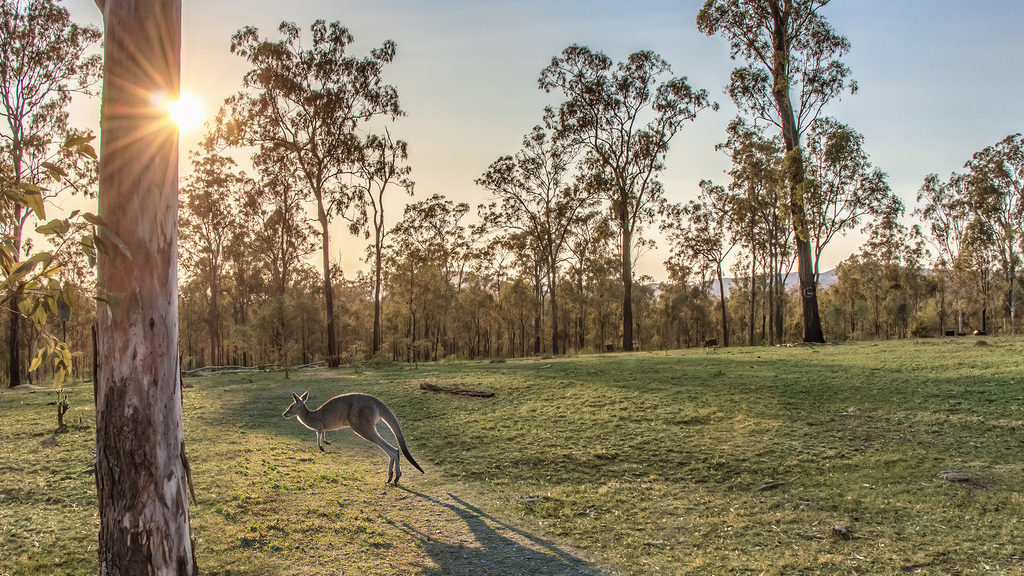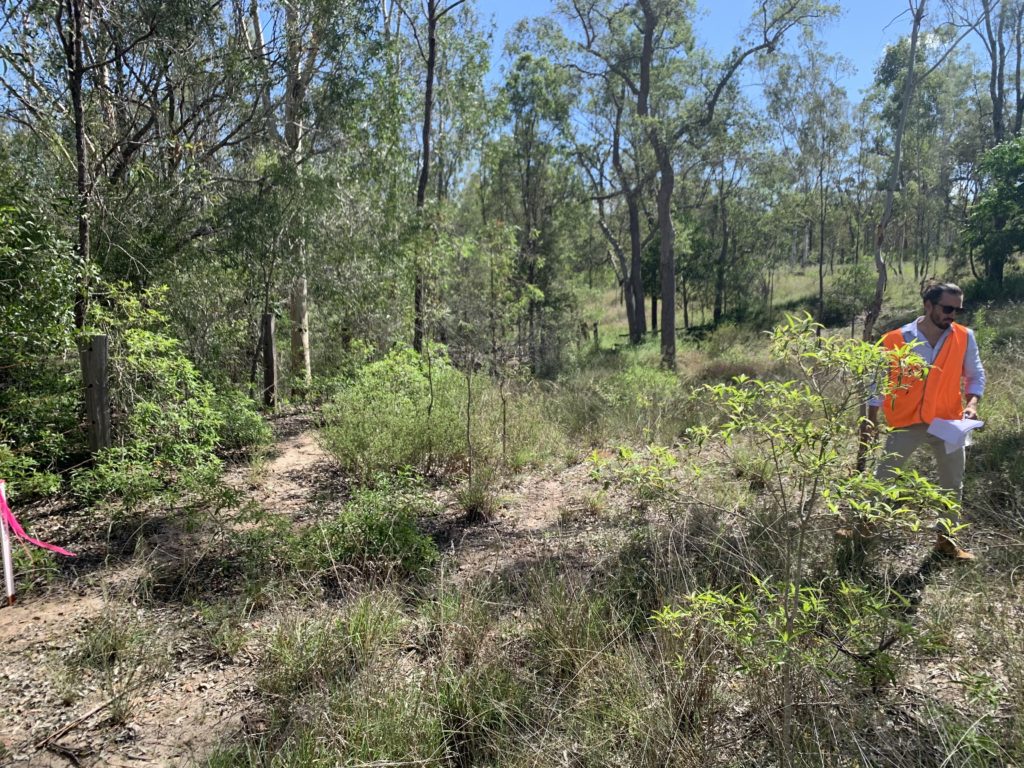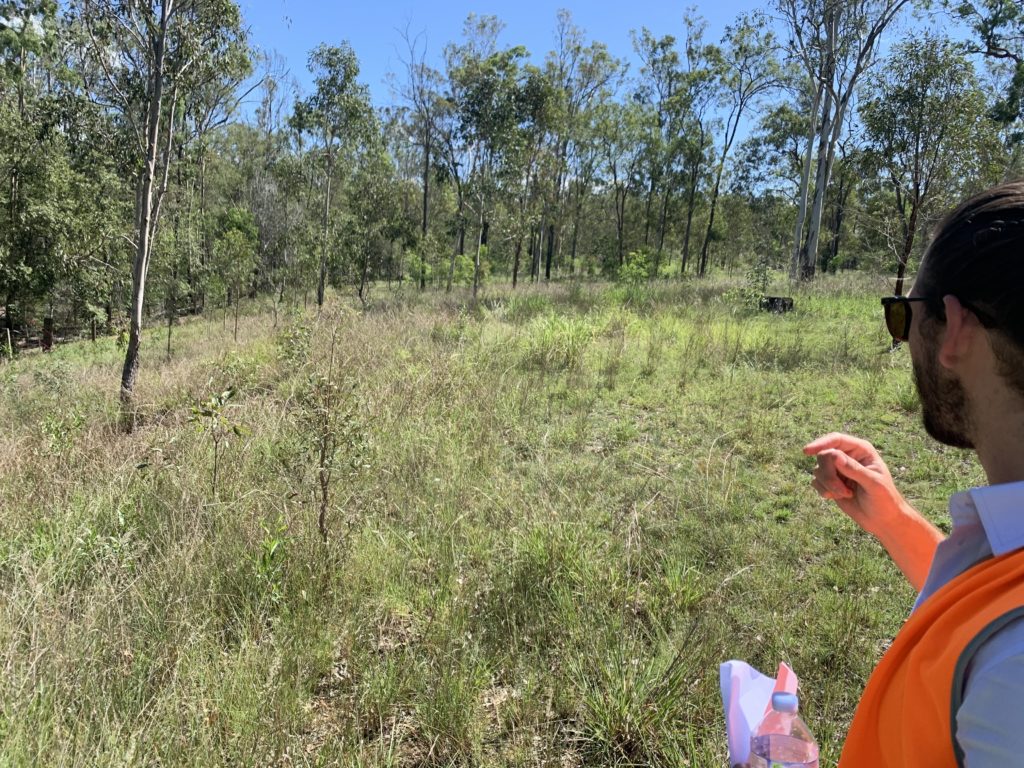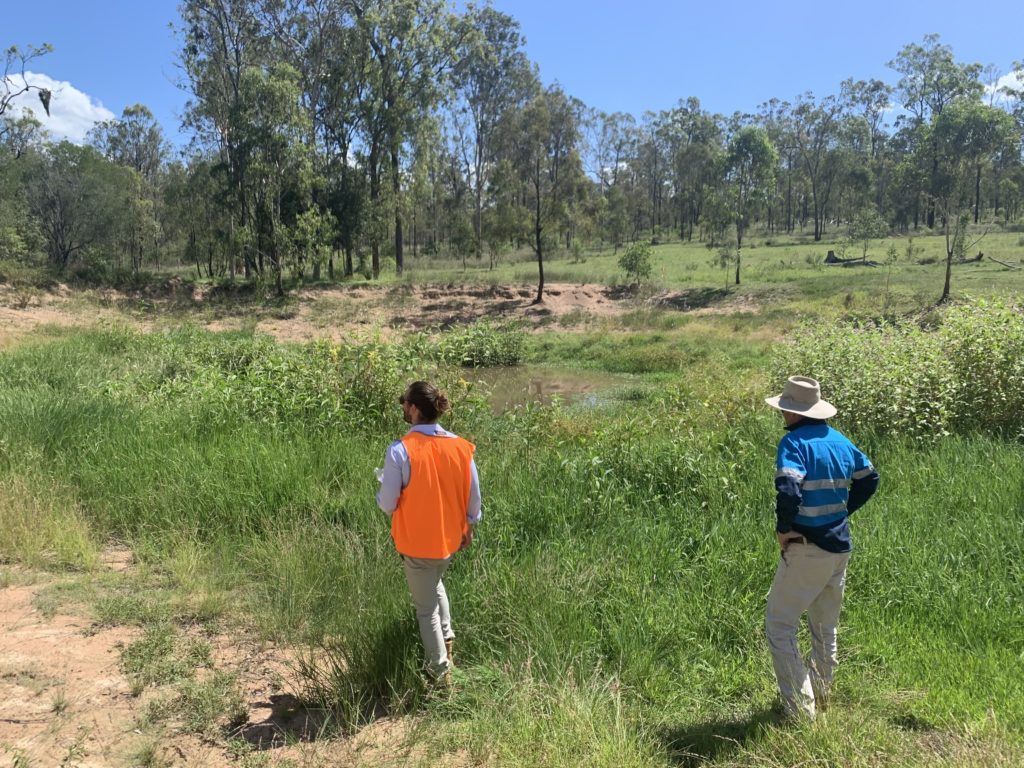Parklands at Clarendon – Ongoing Success and Development Updates

Since our last update on the rural subdivision for Parklands at Clarendon, we have achieved some major wins for the client and have reached some significant milestones. We have now moved on to the design of Stage 2A (Stage 3) and are nearing on-maintenance for construction of Stage 1B (Stage 2). Without a doubt, this is the most scenic and beautiful development we have on our books and it is a pleasure to be finding solutions which limit our disturbance through the landscape.
As anticipated, the transformation of a 101-hectare site into rural homesites over 7 stages was always going to come with some complexities and challenges. Despite this, our civil team recently achieved a massive win on the project (Stage 1B), saving our client circa $250k in construction costs.
During the detailed design phase, we re-ran the water quality models (previously undertaken by others) and identified that almost 800m2 bio-retention basin could be removed from the design. We took this challenge head-on and teamed up with B Planned & Surveyed to lodge a minor change and came out with a wonderful result for all.
Senior Civil Engineer, Daley Curran explains further “Quite often stormwater quality treatment approved as part of Development Application is endorsed as the final solution for the site. When carrying out the detailed design for a development, in particular rural residential subdivisions, additional forms of treatment can be identified through further detailing of the civil design.”
“In this project, assumptions were made by others during the DA phase for the roadside swales drains. We quickly identified throughout the detailed design, that the roadside swale drain sizes and lengths could be increased to better reflect the post-development situation on site. This ultimately led to omitting the requirement for bio-retention basin altogether, while still ensuring compliance with Somerset Regional Council and the State Planning Policy guidelines.”
“I believe all development stormwater quality treatment should be revisited during the detailed design phase to firstly determine that the DA approved strategy can be implanted on site correctly and secondly to determine whether any efficiencies can be found like in the Clarendon project.”
Not only did this save a significant amount of money, but Somerset Regional Council is very supportive as it means less ongoing maintenance at their end, so it is a win-win for all parties.
To continue this ongoing success, we are now designing the 3rd stage of the subdivision and have identified we are able to remove unnecessary swales (shown in the DA set by others) by analysing the existing flow paths. This will mean less earthworks, less disturbance to the landscape, less destruction of habitats and of course less cost. These all are the solutions we gun for and outcomes we are extremely proud of.
A big shout out to Daley Curran, Hannah Qiao and Calvin Kirk for their work in removing their basin! Find out more about this 101-hectare rural subdivision project here.
 Back to News
Back to News



